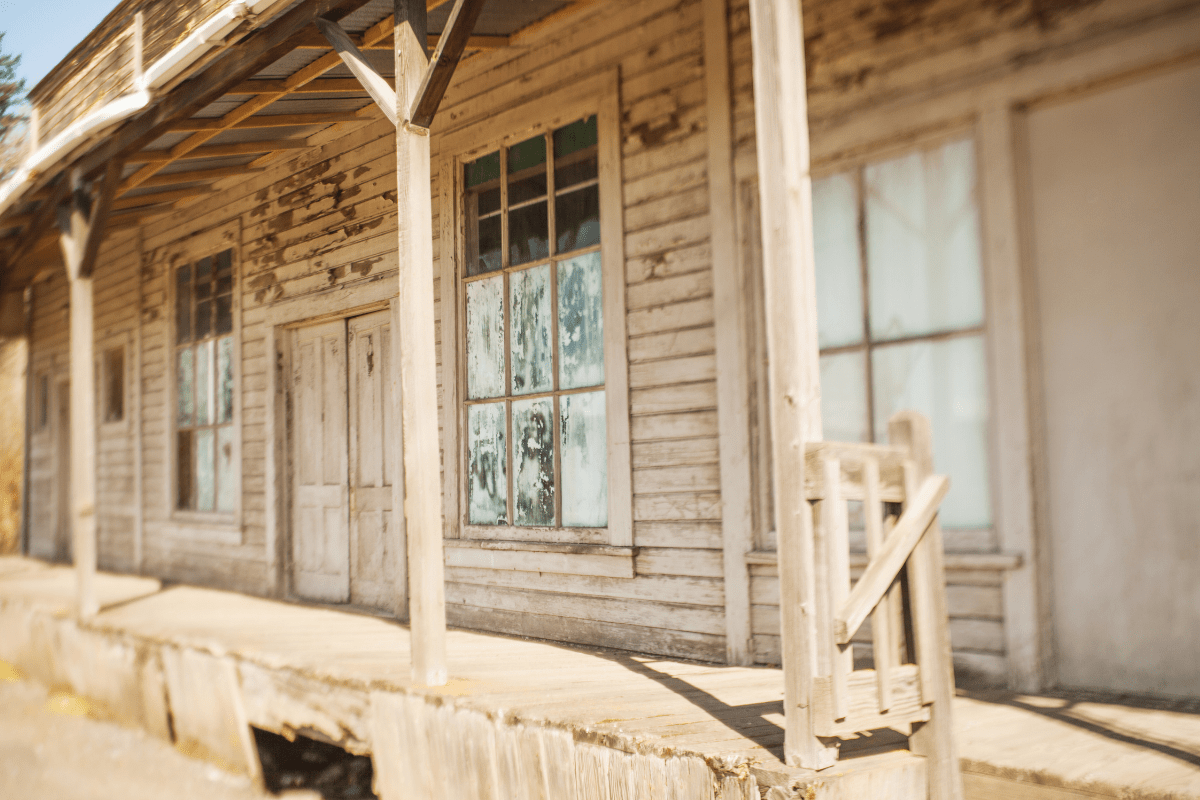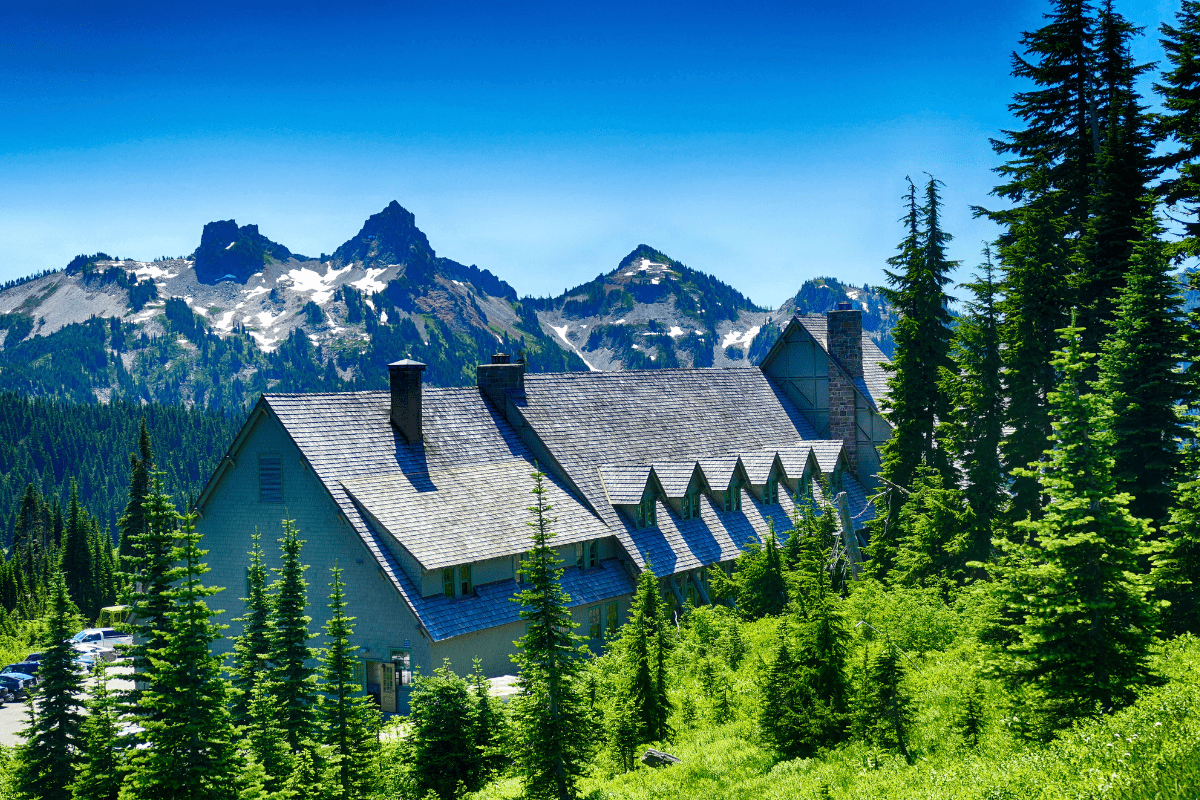Looking for the perfect place to raise kids in Washington? You're not alone, and thankfully, the data nerds have been busy crunching numbers to help us figure out where families actually thrive in the Evergreen State.
Why Washington works for families
Before we dive into specific cities, let's talk about why Washington consistently ranks among the top states for families. The big draw? No state income tax, which means more money stays in your pocket compared to neighboring Oregon or California.
The state also boasts some of the nation's best public schools, remarkably low crime rates, and a tech-driven economy that actually pays enough to afford those eye-watering housing prices. Well, mostly.
Recent data shows Washington's population exceeded 8 million in 2024, growing at 1.05% annually. That's a lot of families voting with their feet.
The cities where families flock
Let's get to what you really want to know: which cities top the charts for raising kids? The rankings are surprisingly consistent across different studies, with a few clear winners emerging.
Sammamish takes the crown
If you're looking for the statistical winner, Sammamish is your place. This Eastside city earned the #1 suburb ranking from Niche in 2025, and the numbers explain why.
A whopping 53.1% of households have children, the highest concentration among top-ranked cities. The median household income? A breathtaking $215,047, also the highest in the state.
But here's what really matters: Sammamish is the safest city in Washington, with just 0.3 violent crimes per 1,000 residents. The city reported zero robberies in 2023. Zero. Your biggest danger might be aggressive geese at Lake Sammamish State Park.
Of course, this excellence comes at a price. The median home costs $1.70 million, though recent data shows a 2% year-over-year decrease. Silver lining?
Bellevue brings the big city benefits
Bellevue functions as the Eastside's downtown, housing over 11,000 Amazon employees plus major offices for T-Mobile, Meta, and Salesforce. The employment opportunities are obvious, but what makes it great for families?
Start with education. The Bellevue School District claimed the #1 ranking in Washington for both 2024 and 2025, serving nearly 20,000 students. Multiple high schools consistently appear on national "best" lists.
The city also invested heavily in family infrastructure: 2,700 acres of parks, over 80 miles of trails, and five beach parks with lifeguards. That's right, actual lifeguards, because apparently Bellevue doesn't do anything halfway.
Housing will cost you though. The median home price sits at $1.55 million, with the overall cost of living running 58.1% above the national average. The city actually recommends a household income of $246,240 for families. No, that's not a typo.
The best of the rest
Several other cities deserve mention for families willing to explore beyond the big names:
Redmond benefits from Microsoft's headquarters, anchoring a tech ecosystem that drives 8.7% annual home price appreciation. The schools are excellent, and commute times beat most other options.
Kirkland achieves something rare in suburbia: actual walkability. With a Walk Score of 51, it's the most pedestrian-friendly of the bunch. The city also partners with schools for comprehensive youth sports programs.
Camas topped HomeSnacks' 2024 rankings with 43.9% of households having children and significantly lower costs than Eastside cities. Located in Southwest Washington, it offers Columbia River Gorge beauty without Seattle-area prices.
Snoqualmie grabbed the #2 spot in WalletHub's analysis, boasting a 46% property crime decrease year-over-year. Nestled in the Cascade foothills, it's just 30 minutes from Seattle but feels worlds away.
West Richland surprised everyone by earning WalletHub's #1 overall ranking, excelling particularly in affordability. This Tri-Cities community proves you don't need to live near Seattle to find family-friendly excellence.
Schools that actually deliver
Let's be honest: schools drive most family housing decisions. Washington's top districts don't just talk a good game; they deliver measurable results that justify those property taxes.
The numbers that matter
The Lake Washington School District, serving Redmond and Kirkland, educates nearly 31,000 students with English proficiency rates between 74.3% and 81.8%. Compare that to state averages hovering around 50%, and you understand the draw.
Mercer Island takes it further. Despite serving just 4,057 students, the district achieves 80% math proficiency compared to the state average of 40%. Their 85% reading proficiency makes the state's 53% look almost embarrassing.
The Issaquah School District reports a 95% on-time graduation rate with 77% of graduates enrolling in college. They also boast the highest revenue per student at $25,149, which definitely shows in the facilities and programs.
State-level support
Washington's education commitment extends beyond wealthy districts. Superintendent Chris Reykdal recently eliminated costs for dual credit programs and added 465,000 students to free meal programs. His $2.9 billion budget request for 2025-27 prioritizes special education, staff retention, and transportation improvements.
Safety by the numbers
Crime statistics might be boring, but they're crucial when you're choosing where to raise kids. Washington's top family cities deliver exceptional safety, and we've got receipts.
Sammamish leads with just 0.3 violent crimes per 1,000 residents. Your chances of experiencing violent crime? About 1 in 4,070. Snoqualmie matches this performance while reporting zero rapes in 2023.
Property crime, while higher, remains well-controlled. Seventeen of Washington's 20 safest cities saw year-over-year decreases in property crime. Mercer Island maintains property crime rates of 12.2 per 1,000 residents versus the state average of 28.87.
What does this mean practically? Kids play outside. Families use parks extensively. Packages sit on porches without vanishing. You know, normal life that shouldn't feel like a luxury.
The price of paradise
Now for the reality check. These communities cost serious money, and pretending otherwise helps nobody. Let's break down what you're actually facing.
Housing hits hard
The numbers are sobering:
- Sammamish: $1.70 million median
- Bellevue: $1.55 million median
- Lake Forest Park: $1.13 million
- Snoqualmie: $1.2 million median
Lake Forest Park adds insult to injury with a 99/100 competition score, meaning bidding wars push prices even higher. Snoqualmie homes typically sell in 5-11 days, barely enough time to schedule a second showing.
Making the math work
How do families afford this? Several factors help:
Tech salaries average $150,000 at Amazon alone. Dual-income professional households routinely clear $200,000+, the minimum needed for comfortable living in these areas.
Washington's lack of state income tax saves typical families thousands annually. However, King County property taxes take some back with a 0.85% effective rate generating median annual payments of $6,476.
Beyond houses and schools
Great communities offer more than good schools and safe streets. Washington's top family cities invested heavily in amenities that make daily life enjoyable.
Parks and recreation
Bellevue sets the standard with 100+ parks covering 2,700 acres. The system includes:
- Two indoor pools at the Aquatic Center
- Five community centers
- 80 miles of trails
- Multiple skate parks
- Beach parks with summer lifeguards
Sammamish partners with the YMCA for its Community & Aquatic Center while Lake Sammamish State Park provides swimming beaches and trails. The Boys & Girls Club serves thousands of kids annually.
Mercer Island maximizes its setting with 77-acre Luther Burbank Park on Lake Washington. The creative Aubrey Davis Park sits atop the I-90 lid, converting highway infrastructure into sports fields and playgrounds.
Healthcare access
Families need quality healthcare, and Washington delivers. The state hosts 1,200+ pediatric providers and roughly 3,950 family physicians.
The University of Washington Medical Center earned #1 state ranking for 11 consecutive years. Three dedicated children's hospitals and 108 ranked facilities ensure families access excellent care. Washington ranks 10th nationally in healthcare quality.
Work-life balance reality
The tech-heavy economy creates both opportunities and challenges for families.
Employment landscape
Amazon surpassed Boeing as Washington's largest employer, fundamentally reshaping the economy. Microsoft, T-Mobile, and Meta maintain major presences, creating an ecosystem of high-paying jobs.
The state's Commerce Department actively recruits businesses while teacher unions push for workforce investments. This economic diversity helps insulate communities from single-industry downturns.
Commute considerations
Not everything is perfect. Seattle averages a 29.2-minute commute, ranking 12th longest nationally. However, ongoing Sound Transit expansion promises relief, with multiple Eastside stations creating car-free options.
Kirkland's Walk Score of 51 leads suburban communities, while the Burke-Gilman Trail enables bike commuting throughout the region. Still, most families need cars for daily life.
Expert validation
Professional assessments confirm what the data suggests. WalletHub experts note that quality children's healthcare should be a primary consideration for parents choosing where to live.
HomeSnacks analysts observe that Washington has some of the best schools in the country, highlighting Blue Ribbon elementary schools and STEM-focused high schools feeding top universities.
Sammamish officials describe their community as a vibrant bedroom community blessed with preserved nature and kid-safe culture. This vision translates into environmental programs and volunteer opportunities building social capital.
Making your decision
Choosing where to raise your family involves weighing multiple factors against your specific situation. Here's what to consider:
For maximum excellence (and cost):
- Sammamish if safety tops your list
- Bellevue for urban amenities
- Mercer Island for exclusive community
For value with quality:
- Camas offers beauty and affordability
- Snoqualmie provides mountain access
- West Richland delivers surprising value
For balanced options:
- Redmond combines tech jobs and schools
- Kirkland adds walkability
- Bainbridge Island offers unique character
The bottom line
Washington's top family cities deliver exceptional education, safety, and quality of life, but at premium prices. The Eastside corridor from Bellevue through Sammamish provides unmatched access to high-paying jobs and top schools, while smaller communities like Camas offer strong value propositions.
Success in these communities typically requires household incomes exceeding $150,000, with $200,000+ being more comfortable. The lack of state income tax helps, but housing costs will shock anyone from outside the region.
Yet families keep coming, drawn by schools that actually prepare kids for success, crime rates that let children play freely, and job markets that support long-term prosperity. If you can afford the entry price, these cities deliver on their promises.
Washington's investment in education, infrastructure, and economic development suggests these advantages will persist. For families prioritizing their children's future over immediate affordability, these communities represent some of America's best options.
Just start saving for that down payment now. You'll need it.





